Have you ever looked into your cat’s eyes and felt like they truly understood what you were feeling? That uncanny moment when your feline companion seems to read your mood and respond accordingly isn’t just your imagination. Recent scientific breakthroughs are unveiling the remarkable emotional intelligence of cats, revealing cognitive abilities that bridge the gap between human and animal consciousness in ways we never expected.
While dogs have long been celebrated for their emotional sensitivity, cats have quietly mastered their own sophisticated form of emotional intelligence. From mirroring our moods to responding to our vocal tones, these mysterious creatures possess an intricate understanding of human emotion that rivals some of our closest relationships. Let’s explore the fascinating world of feline emotional intelligence.
The Hidden World of Feline Emotional Recognition
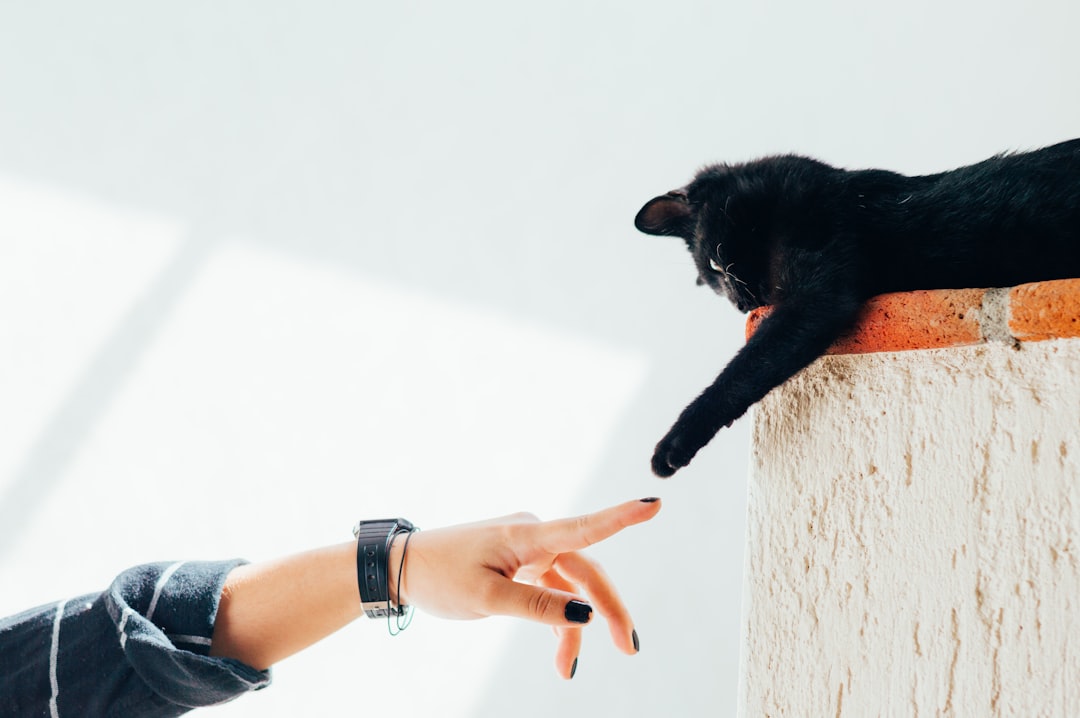
Cats possess a remarkable ability to decode human emotions through multiple sensory channels. Research demonstrates that cats integrate visual and auditory signals to recognize human emotions and modulate their behavior according to the valence of the emotion perceived. This isn’t simply a matter of learning through repetition.
Studies reveal that cats are able to cross-modally match pictures of emotional faces with their related vocalizations, particularly for emotions of high intensity. Think of it like having a built-in emotional translator that helps them navigate the complex world of human feelings. Research findings demonstrate that cats have a general mental representation of the emotions of their social partners, both conspecifics and humans.
What makes this even more impressive is that cats don’t just recognize basic emotions. Recent research on feline recognition of emotion has found that cats can recognize human gestures and expressions, staying near their owner during happy moods and behaving defensively when the owner expressed anger.
The Science Behind Emotional Mirroring in Cats

Cats are incredibly attuned to human behavior and emotion, mirroring those same feelings back to their owners when they’re feeling stressed or angry. This phenomenon, known as emotional contagion, reveals the depth of the human-cat bond. Recent studies have uncovered fascinating patterns in how cats respond to different emotional states.
Cats demonstrate remarkable emotional intelligence through their ability to mirror their owners’ moods, becoming more subdued when their owner is sad, more playful when their owner is happy, or displaying signs of stress when their human companion is anxious. This isn’t coincidental behavior.
Scientists believe that cats are adept at emotional mirroring, appearing a bit low when their owners are feeling down and more playful when their owners are happy and energetic. The connection runs deeper than simple observation, suggesting a genuine emotional resonance.
How Cats Process Human Vocal Emotions
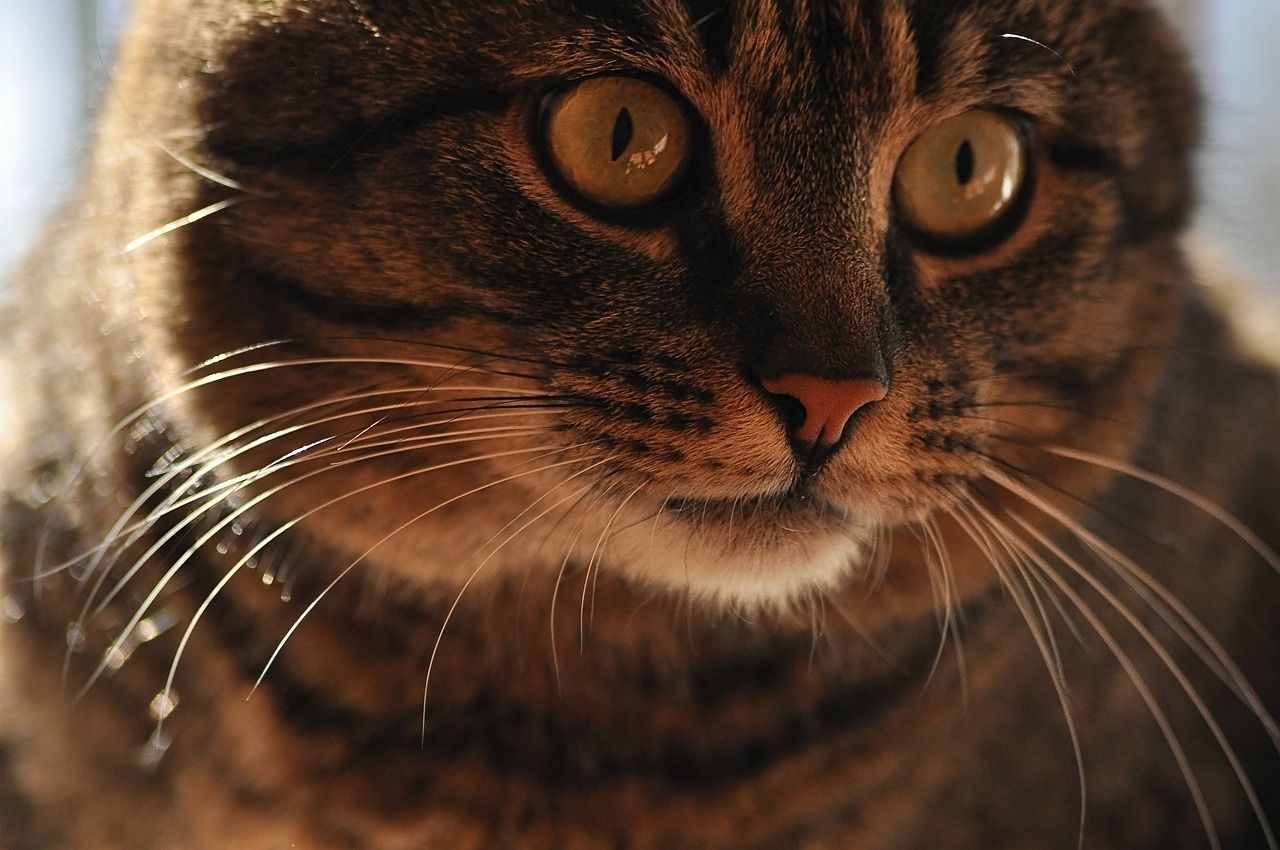
Your cat’s response to your voice carries far more meaning than you might realize. Research has demonstrated that cats can alter their responses based on auditory and visual emotional cues from humans. They’re not just hearing the sound of your voice; they’re analyzing the emotional content within it.
The fascinating aspect of feline auditory processing lies in their ability to distinguish emotional valence. Regarding happiness emotional signals, cats displayed less stress behaviors than to anger emotional signals, consistent with findings for dogs and horses showing positive perception of human happiness vocalizations.
The lack of significant bias in cats’ looking preference in response to neutral sounds confirmed that cats have a cognitive representation of emotions of both conspecifics and humans, allowing them to correctly match visual and auditory signals for emotional recognition. This sophisticated processing suggests cats possess emotional intelligence comparable to that found in highly social species.
The Mysterious Power of Social Referencing

Social referencing represents one of the most intriguing aspects of feline emotional intelligence. Most cats exhibited referential looking between the owner and the object, and also to some extent changed their behavior in line with the emotional message given by the owner. This means cats actively seek emotional guidance from their humans when facing uncertain situations.
When first encountering an odd and potentially frightening object, many cats looked back toward their owners, though why the cats looked at their owners is harder to decipher for cats than for dogs. This behavior mirrors what we see in young children who look to their parents for emotional cues in ambiguous situations.
The implications of this behavior are profound. The aim was to evaluate whether cats use the emotional information provided by their owners about a novel object to guide their own behavior towards it. Your emotional state literally becomes a roadmap for how your cat navigates unfamiliar territory.
Scent-Based Emotional Detection
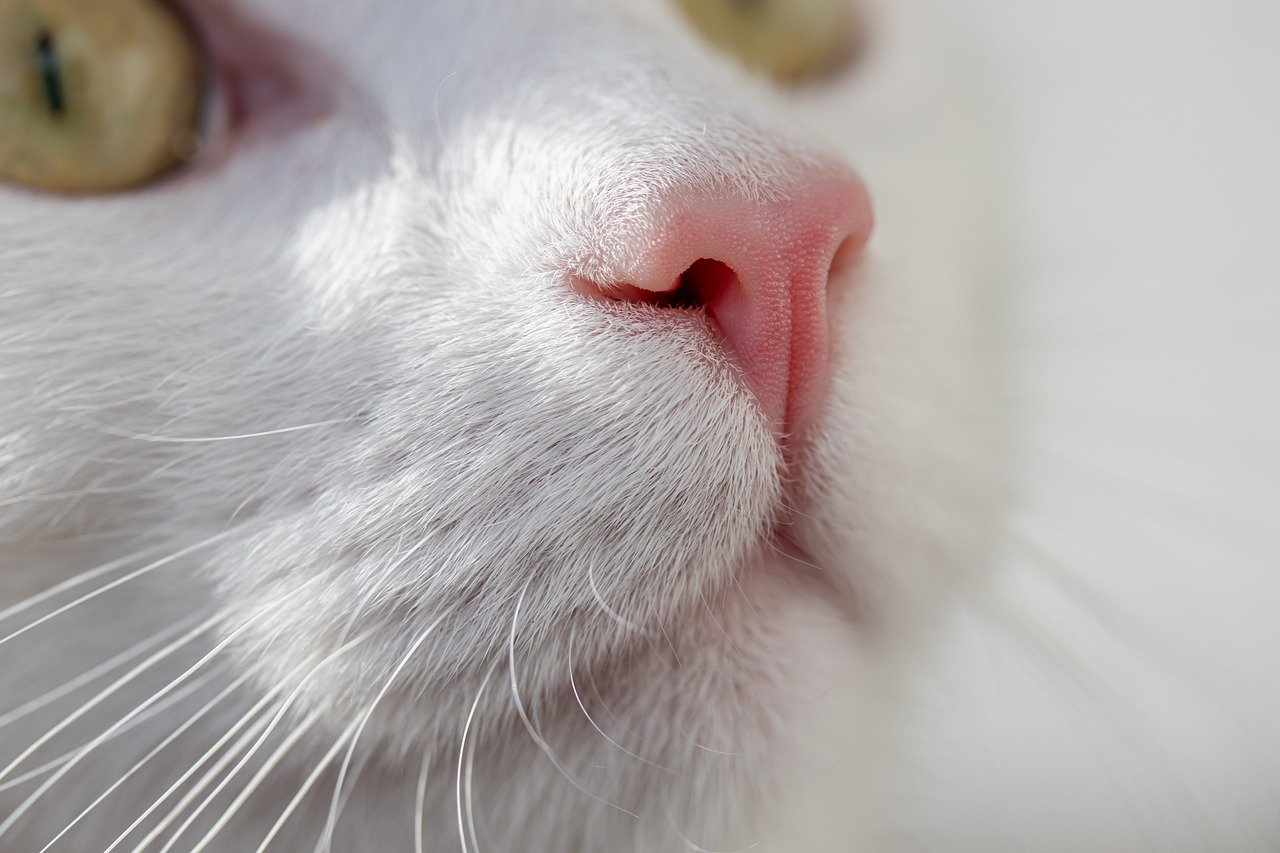
Perhaps the most remarkable discovery in recent feline emotional research involves their ability to detect human emotions through scent. Recent studies show cats can detect human emotions through scent, especially fear, suggesting our cat friends might understand us more than we realize.
Research found that fear odors elicited higher stress levels than physical stress and neutral scents, suggesting that cats perceived the valence of the information conveyed by fear olfactory signals and regulate their behavior accordingly. This means your cat can literally smell your emotional state.
Scientists conducted experiments using odor samples from men exposed to different emotional states including fear, happiness, physical stress, and neutral conditions, with sweat collected after watching emotionally charged videos, and twenty-two cats were tested in their home environment. The precision of this emotional detection system is truly extraordinary.
The Personality Connection Between Cats and Humans

The relationship between human personality and feline behavior reveals startling parallels to parent-child dynamics. Research showed that humans with higher levels of neuroticism were more likely to parent cats with anxious or fearful tendencies and stress-related illnesses, while cat parents who scored high in agreeableness tended to report healthier cats with more friendly personalities.
A study looked at the impact of owners’ personalities on feline health and temperament, discovering that humans’ dominant personality traits undoubtedly influenced cats, with individuals with strong neurotic traits often having overweight cats suffering from stress-related illnesses, while humans with high conscientiousness scores often have well-adjusted socialized cats.
As one researcher notes, this study highlights the potential ways owners might impact cat behavior and well-being, with findings closely mirroring those identified within parent-child relationships, suggesting cats are very sensitive to and influenced by the ways we care for and interact with them.
The Neurological Basis of Feline Empathy
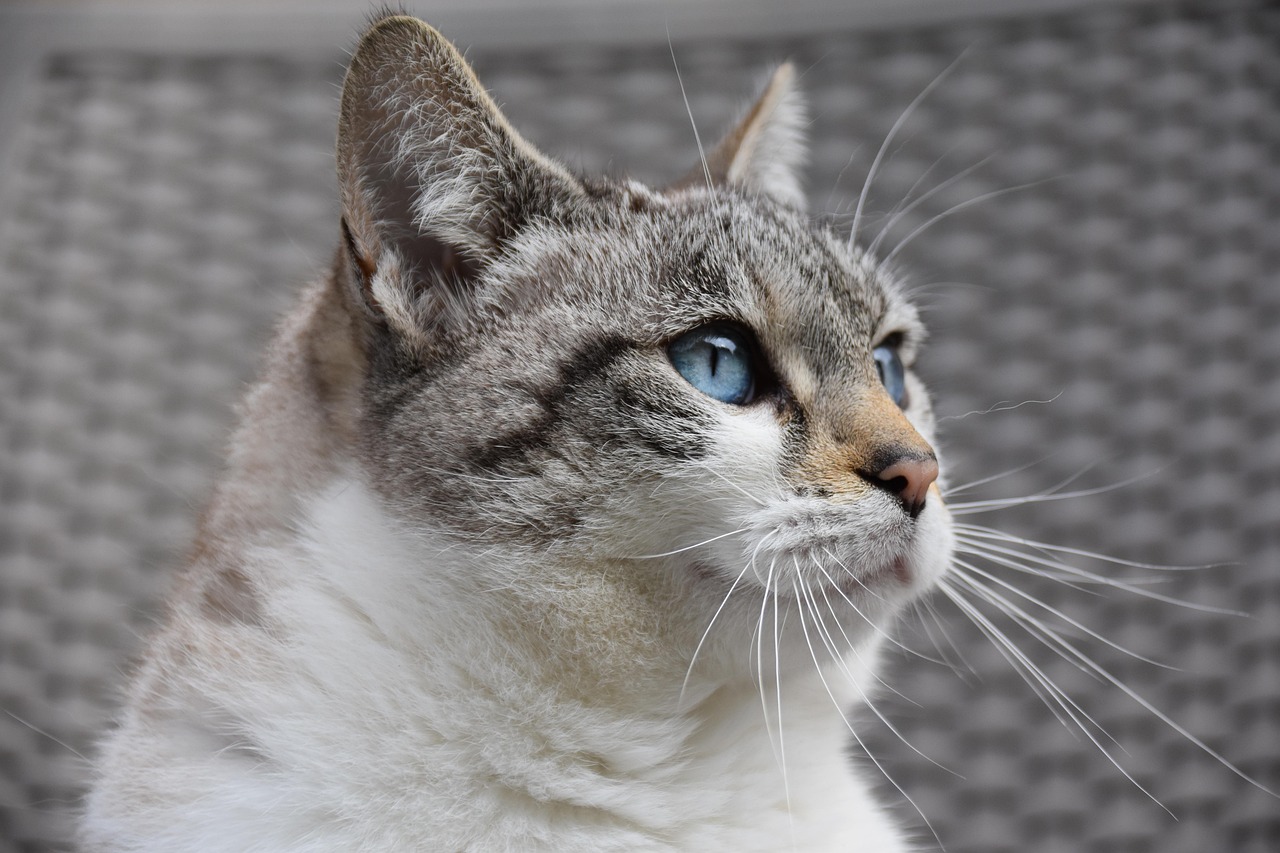
Like human brains and minds, those of cats are shaped by early interactions with parents during what neuroscientists call right brain-to-right brain communication, with psychological and communication overlap among species being natural because we all use the same mental and emotional activities. This shared neurological foundation explains the depth of human-cat emotional connections.
Emotional intelligence is generally described by four abilities: how well we perceive emotions in others, how we use our emotions, how we understand our own feelings and those of others, and how we regulate and manage emotions, with cats being keen detectives at identifying nuanced shifts in expressions, not only of their own species, but those of humans.
Cats are masters of harnessing emotions to help them figure things out, with emotions playing a key role in helping make good decisions, as the emotionally intelligent cat knows just how to use moods and emotional intuition to match the task at hand. This emotional sophistication rivals what we see in many highly intelligent species.
Behavioral Adaptations and Emotional Responses
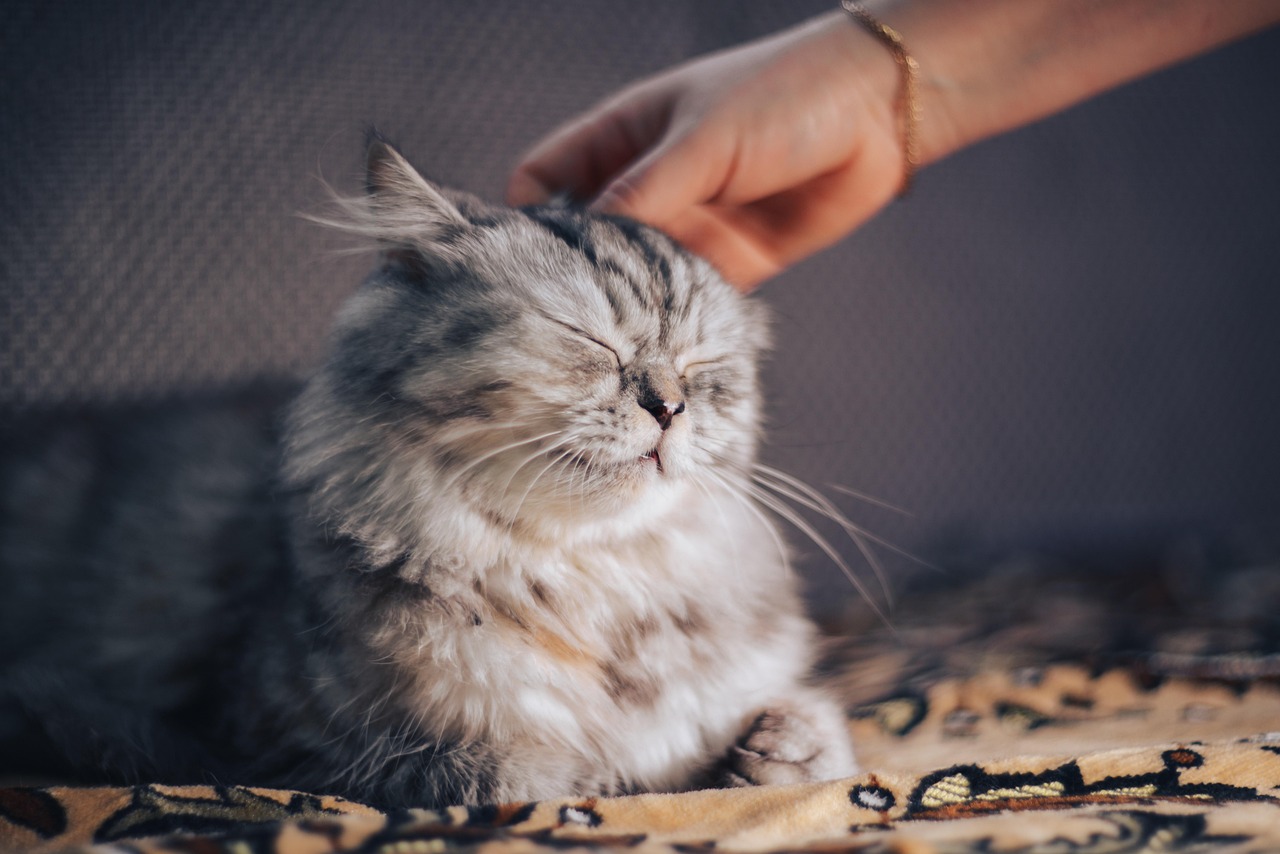
In testing scenarios, researchers have cat owners act either afraid or happy toward an object, waiting to see if the cat picks up its human’s emotional cues, with socially smart cats picking up on their owners’ emotional states. This behavioral flexibility demonstrates sophisticated emotional processing capabilities.
When cats mirror their owners’ behaviors, it demonstrates trust and social attachment, leading to stronger bonds and better communication, with cats being able to detect and mirror their owners’ emotional states by becoming more affectionate when their owner is sad, more energetic when happy, or anxious when stressed.
The practical implications of this emotional mirroring extend beyond simple companionship. While emotional mirroring strengthens bonds, it can sometimes reflect negative states, with cats living with highly anxious or neurotic humans often developing stress-related behaviors or health issues, including excessive grooming, withdrawal, or aggression.
The Evolution of Human-Cat Emotional Bonds

According to research, dogs were domesticated approximately 15,000 to 20,000 years ago, while cats got domesticated only ten thousand years ago, probably leading to a lack of in-depth research on feline mind and behavior. Yet despite this shorter domestication period, cats have developed remarkable emotional intelligence.
Dogs and cats are unique animals closely integrated into human social networks, despite differences in the sociability of their ancestors and the domestication process, with the foundation of coexistence between humans and these animals being built on emotional understanding. This integration has shaped their emotional capabilities in fascinating ways.
Cat mirroring helps strengthen bonds, facilitates communication, and creates a sense of belonging within the household, demonstrating the sophisticated social adaptation capabilities that have evolved through thousands of years of domestic cat-human coexistence. Their emotional intelligence represents an evolutionary masterpiece of interspecies adaptation.
The Therapeutic Implications of Feline Emotional Intelligence
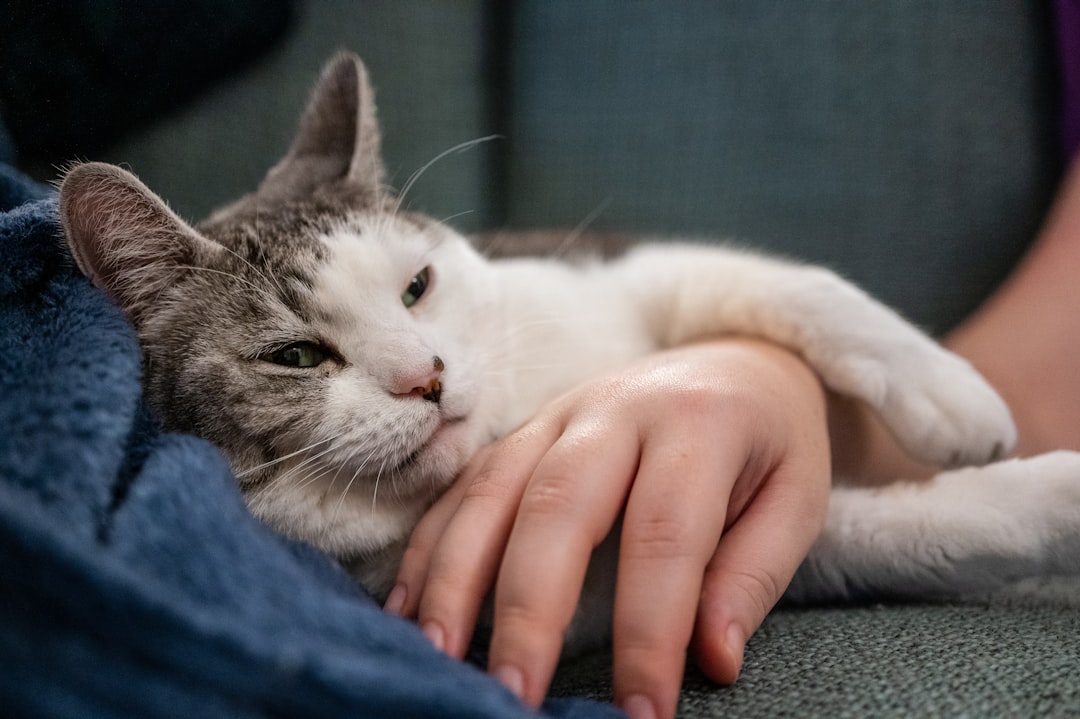
Despite their reputation for aloofness, cats exhibit a form of emotional intelligence and have shown problem-solving skills, emotional intelligence, a sense of time, and the ability to remember, all signs of their cleverness. This combination of traits makes them natural therapeutic companions.
Many people struggle with poor mental health, and research suggests that cats can be a large source of comfort, so it’s important that we don’t start worrying that just because we are feeling anxious or depressed, that will rub off onto our cats. The therapeutic relationship works both ways.
Emotional mirroring reveals the depth of your cat’s connection with you, as your feline friend mirrors your feelings, offering comfort, companionship, and a unique channel of communication, with recognizing and nurturing this connection helping to enhance not only your own life but your cat’s emotional life as well. This mutual emotional support creates a powerful healing dynamic.
Conclusion: The Bridge Between Species
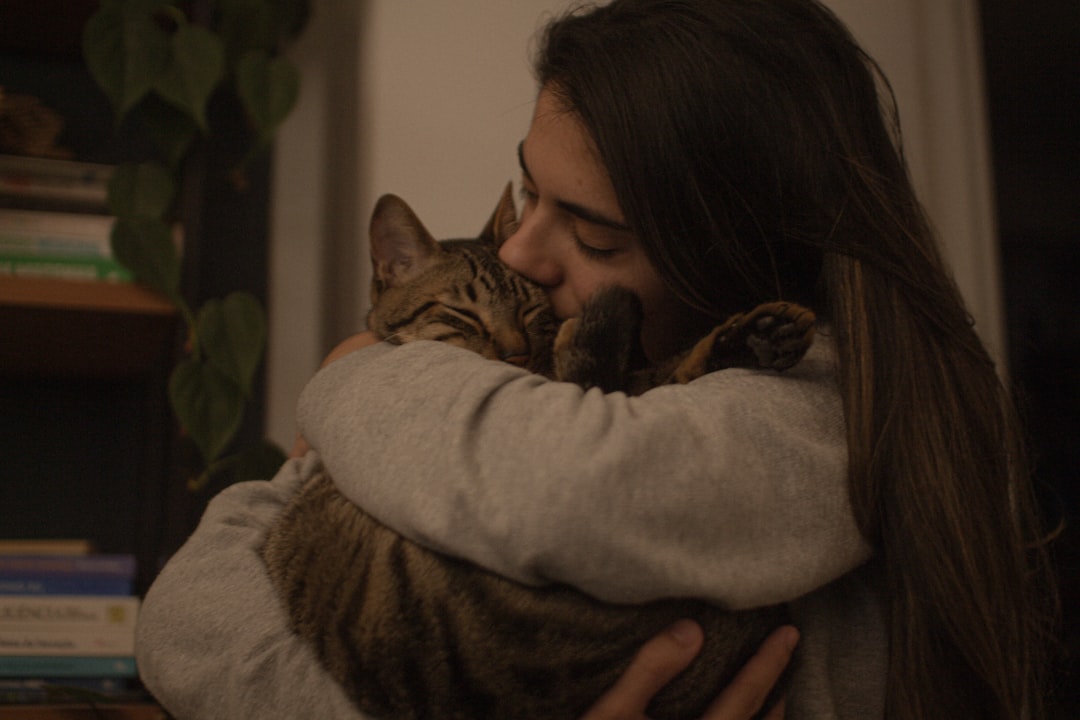
The emerging science of feline emotional intelligence reveals that cats possess sophisticated emotional capabilities that make them remarkably attuned to human feelings. From their ability to recognize facial expressions and vocal emotions to their talent for mirroring our moods and providing emotional support, cats demonstrate a level of emotional sophistication that bridges the gap between human and animal consciousness. Cats possess as many emotions and feel as deeply as we do, with the only real difference being that individuals and species express their feelings in different ways, and cats, dogs, humans, and even fish need as much love, care, and concern as we desire for ourselves.
Understanding your cat’s emotional intelligence not only deepens your appreciation for these remarkable creatures but also enhances the quality of your relationship with them. The next time your cat seems to sense your mood or provides comfort during difficult times, remember that you’re witnessing millions of years of evolutionary refinement in emotional connection. What aspects of your cat’s emotional intelligence have you noticed in your own furry companion?






